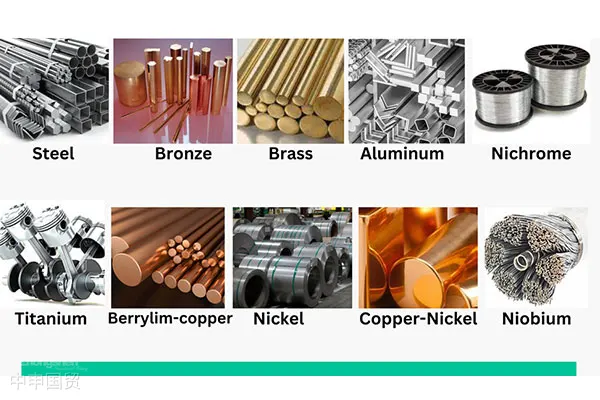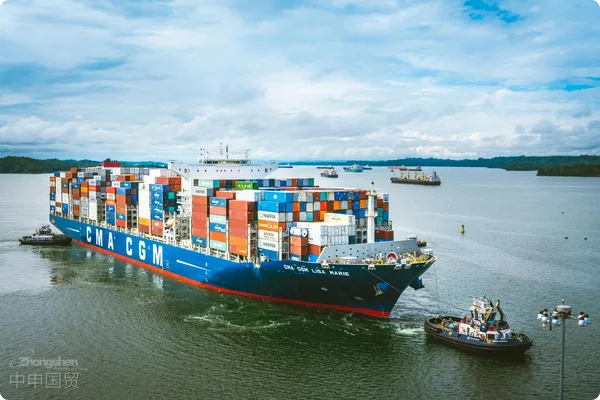- Shanghai Zhongshen International Trade Co., Ltd. - Two decades of trade agency expertise.
- Service Hotline: 139 1787 2118

As global demand for sustainable energy continues to grow,New energyThe rapid development of industries in China is becoming the primary driver of non-ferrous metal consumption growth. Latest data from the China Nonferrous Metals Industry Association shows that in 2023,photovoltaicWind power, new energy vehicles, and power and energy storage batteries, among other new energy industries, saw substantial growth in production, installed capacity, and exports, significantly boosting consumption of non-ferrous metals such as copper, aluminum, and zinc.
In 2023, these new energy industries consumed approximately 3 million tons of copper, a 52% year-on-year increase, accounting for about 19% of the nations total copper consumption and directly driving a 7 percentage point increase in national copper consumption. Simultaneously, these industries consumed about 9 million tons of aluminum, a 50% year-on-year increase, accounting for nearly 20% of the nations aluminum consumption and contributing 7.2 percentage points to the growth in national aluminum consumption. Additionally, galvanized steel consumption for wind turbine towers, bolts, and other steel structures, as well as photovoltaic steel supports, reached about 700,000 tons, a 51% year-on-year increase, accounting for approximately 9% of the nations zinc consumption and driving a 3.4 percentage point increase in national zinc consumption.
Behind this consumption growth is the rapid development of Chinas new energy industries and the global pursuit of green, low-carbon energy. Photovoltaics and wind power, as key components of clean energy, have directly driven substantial demand for non-ferrous metals due to increased installed capacity. The rise in production and exports of new energy vehicles and power and energy storage batteries has also created new growth points in the non-ferrous metals market.
In 2023, fixed-asset investment in Chinas non-ferrous metals industry grew by 17.3%, the highest increase in nearly a decade. Increased investment in non-ferrous metal materials and mines required by the photovoltaics, wind power, new energy vehicle, and related battery industries were key factors driving this growth. Industry experts noted that the rapid expansion of new energy industries not only boosted direct consumption of non-ferrous metals but also promoted the development and technological advancement of the entire non-ferrous metals supply chain.
As the global economy accelerates its green transition, the development of new energy industries will continue to be a major engine driving non-ferrous metal consumption growth. China, as the worlds largest producer and consumer of non-ferrous metals, will not only profoundly impact its domestic non-ferrous metals market through its new energy industry development but also drive global demand for non-ferrous metals, promoting sustainable development in the global non-ferrous metals industry.
In this process, technological innovation and industrial upgrading will be crucial. Optimizing the structure of the non-ferrous metals industry, improving resource utilization efficiency, and strengthening the research, development, and application of green and low-carbon technologies will be key pathways to achieving sustainable industrial development.
Related Recommendations
? 2025. All Rights Reserved. Shanghai ICP No. 2023007705-2  PSB Record: Shanghai No.31011502009912
PSB Record: Shanghai No.31011502009912










